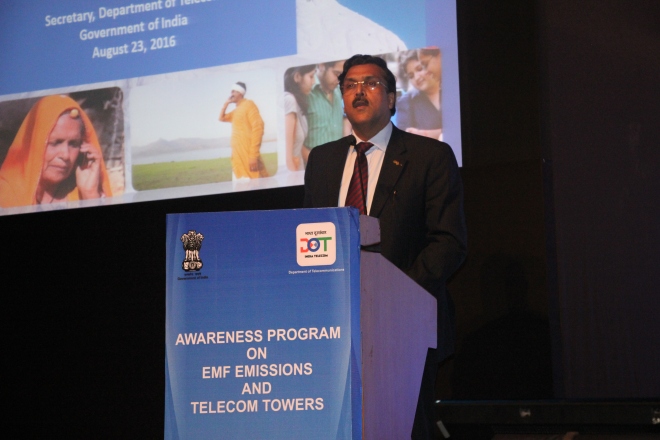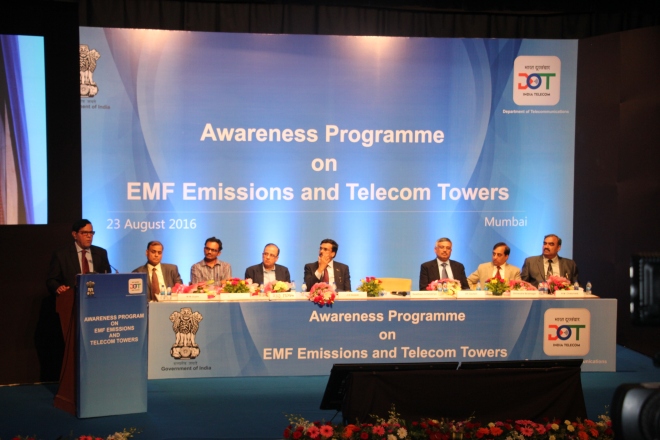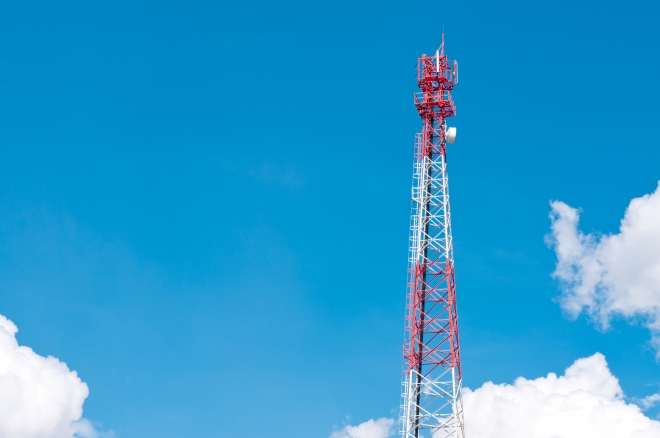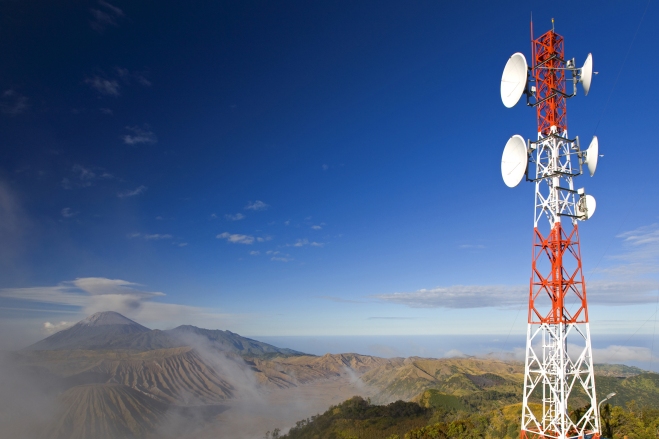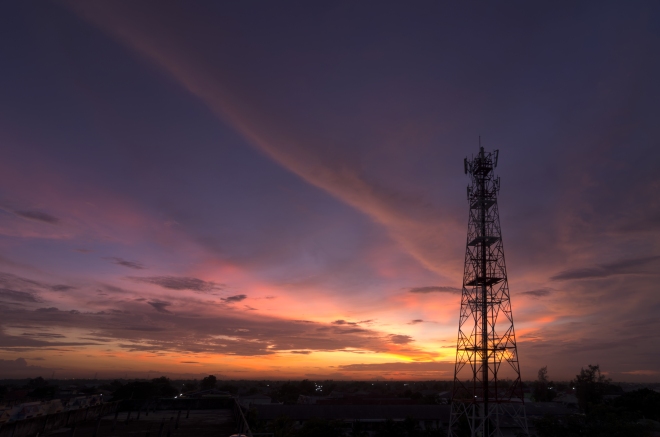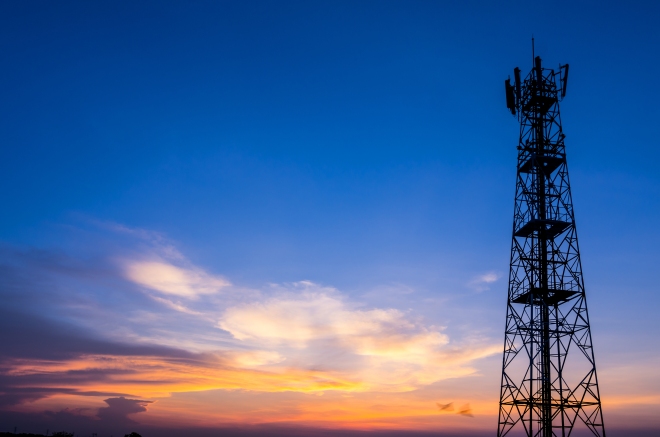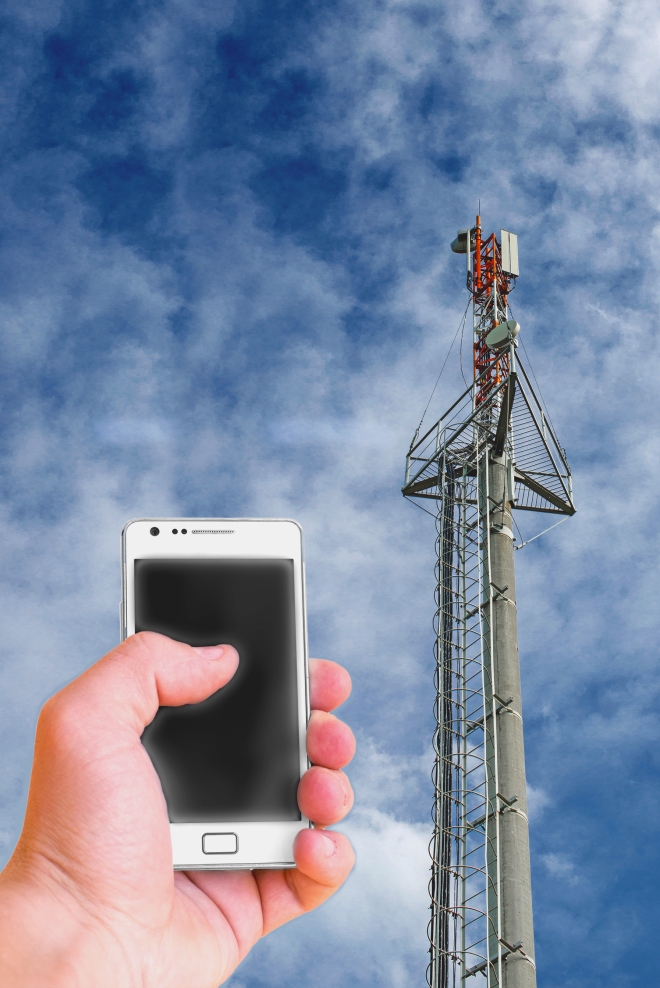All of us are living in a technology driven era, where we can do almost everything by using technology. Today, in this topic, we will talk about Mobile Towers Radiation. Is it too bad for our health or it is just a myth or rumors?
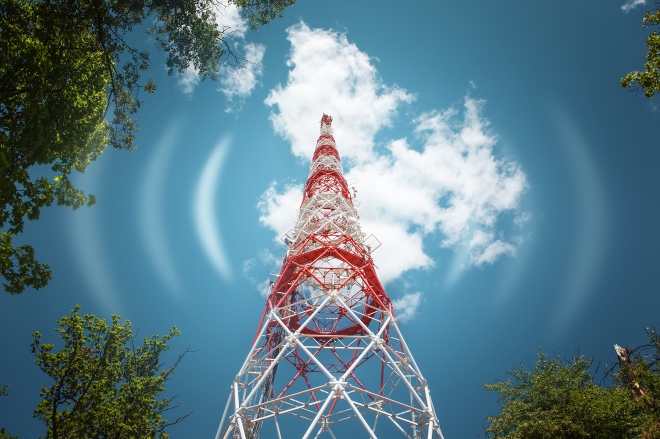
Radiation
First we should know about Radiation, now a days, everybody knows about Radiation, but maximum of them don’t know correct definition of it. Electromagnetic Radiation or Radiation or Frequency all are same. Radiation is a form of energy that is all around us, such as radio waves, microwaves, X-rays and gamma rays. Sunlight is also a form of Electromagnetic Radiation energy. Radiation is widely use in medical field or health field too. Now a days radiation is everywhere, like Tv, Microwave, and even in Freeze. If all of us are living very happily with these items, then my one question is, “How Mobile Towers Radiation is bad for health?”, and radiation in Tv, Microwave, Freeze and in medical field is good for health. X-Rays, Gamma Rays, External beam radiotherapy and Proton therapy are highly usable radiations in medical field. Doctors use External beam radiotherapy and Proton therapy for cancer. Hope, now you may understand that radiation is not too bad as many people are talking now a days.
Mobile Tower Radiation Bad Or Myth
Mobile phones are widely use in across the globe. It is the one of the best medium for communication. Like other country, In India, it is also the best medium for communication.
In year of 1995 first mobile phone call was launched. First call was made in between that time West Bengal Chief Minister Jyoti Basu and Union Telecom Minister Sukhram.
From that time, citizen of India is widely using this. Now you may be thinking, why I’m telling you history of first mobile phone call. I want to justify one thing that after 21 years of first mobile call, there is not any disease or evidence of disease happen due to mobile tower radiation or mobile. Many people say that mobile tower radiation is bad for pregnant women and children, but no one is justifying his own words. Is population rate is down in India after 1995? Is intelligence in Indian children become less after 1995? My answer is BIG NO.
India is a developing country and creating its own milestones in almost every verticals. We can’t neglect importance of mobile phones in this development. It is one of the best medium for communication. Apart from traditional calls, now a days, people are using their phones for video calling, conference calls, Skype calls, making or editing documents for their meetings. Without mobiles and mobile towers, we can’t imagine these kind of works. To make all of these things possible almost every telecommunication companies are doing their best for their subscribers. They are establishing their mobile towers at almost every corner in India to make hassle free service to their subscribers.
Dr. Bhavin Jankaria, Former President at Indian Radiology and Imaging Association, says about Mobile tower Radiation, “Mobile tower radiation is inherently a type of radiation that we believe does not produce any kind of significant harm to humans. We have been using X-ray radiations for more than 115 years, and we still haven’t been able to establish the relationship of cancer and radiation to any great extent. And the mobile tower radiation is inherently a type of radiation that we believe does not produce any kind of significant harm to humans.’’
Mobile tower radiation is also a key subject for World Health Organization (WHO). WHO has referred to more than 24000 articles from across the globe and concluded, “Current evidence does not confirm the existence of any health consequences from exposure to low level electromagnetic field”.
